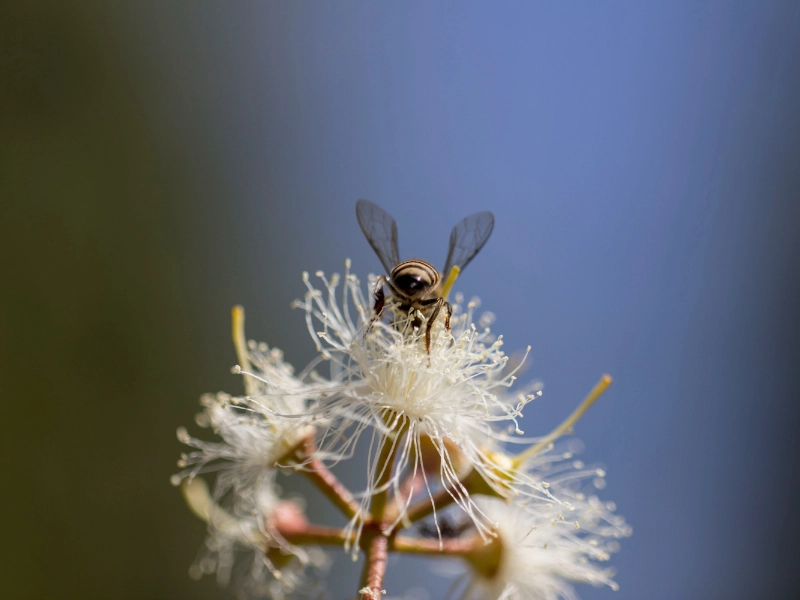Honey and Environmental Protection: The Importance of Bees to Ecosystems
Advertisement
4. Threats to Bee Populations: A Stinging Reality

Advertisement
Though their great ecological value, bee populations all around are under many dangers. Often referred to as the "bee crisis," this concerning state of affairs affects human food security as well as ecosystems. Development of sensible conservation plans depends on an awareness of these hazards.
Habitat destruction represents one of the most important dangers to bee numbers. Natural areas once supplying food and habitat for bees are either being destroyed or fragmented as human development grows. Hedgerows, wildflower meadows, and other natural habitats bees depend on have been eliminated in part by agricultural intensification. Urban sprawl similarly limits the area accessible for bees. Bee numbers suffer to stay constant without enough appropriate habitat.
Another big hazard to bees is pesticide use, especially neonicotinoids. Absumed by plants and found in pollen and nectar, these systemic insecticides have been connected to bee deaths and colony collapse disorder. These compounds can compromise bees' immune systems, interfere with their navigation, and lower breeding success even at sublethal levels, hence increasing their vulnerability to illnesses and parasites.
Bee numbers are also being seriously affected by climate change. Variations in temperature and precipitation can throw off the precise timing between when bees come out of hibernation and when flowers blossom. Bees devoid of enough food sources can result from this phenological mismatch. Rising frequency of extreme weather events brought on by climate change can wipe bee colonies and their food sources.
Another difficulty to bee welfare are diseases and parasites. One parasite that strikes honey bees and can spread viruses is the varroa mite. It has been linked to the declining honey bee numbers all around. Furthermore seriously threatening controlled and wild bee populations are other pathogens including several viruses and Nosema fungus.
Although effective for mass food production, monoculture farming methods can harm bees. Large fields of a single crop give bees plenty of food, but only for a brief period once that crop is in bloom. For bees, this feast-or- famine scenario might cause nutritional stress, therefore compromising their general resilience and condition.
Additionally endangering native bee populations are non-native bee species introduced for commercial pollination. These brought species can compete with native bees for resources and maybe transmit diseases to which native species have no defense.
Particularly in metropolitan and suburban regions, light pollution can disturb bees' normal activities. Many bee species navigate using the sun and moon; artificial lighting can confuse them and alter their feeding and mating patterns.
These hazards taken together are quite destructive. Many bee species are seeing notable population decreases; some even run the danger of extinction. Loss of bee species can have domino effects in ecosystems, influencing food availability for other animals, plant reproduction, and finally ecological stability.
Dealing with these dangers calls for a multifarious strategy. This include encouraging bee-friendly farming methods, lower pesticide usage, preservation and restoration of natural habitats, and funding of bee health and conservation research. Public awareness and involvement are also very important since small deeds like helping sustainable agriculture and creating bee-friendly gardens can taken together significantly help to preserve our important bee numbers.
You May Like
Advertisement

